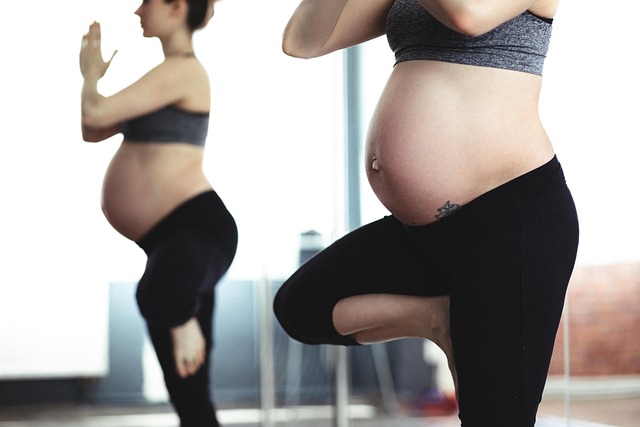Stillbirth is a topic that many expectant mothers find unsettling, often believing it’s an issue confined to the past or linked to specific health problems. I used to be one of those women, convinced that such tragedies were rare. However, my perspective changed dramatically when I experienced the loss of my baby.
Despite having a typical pregnancy—three healthy children, no health complications, and passing every prenatal test—I reached 36 weeks and felt a sense of anticipation about welcoming my new baby. One evening, as a snowstorm raged outside, I decided to unwind in a warm bath with a book. It was then that I noticed my baby wasn’t kicking as she usually did when I rested my book on my belly.
“Babies slow down as they run out of room,” I was told. “She’s probably just sleeping.” Those well-meaning reassurances were shattered when my doctor confirmed my worst fear: my baby no longer had a heartbeat.
In the U.S., stillbirth affects 1 in every 160 pregnancies, amounting to around 24,000 babies lost each year. The rate of stillbirths is alarmingly higher than infant deaths from prematurity and Sudden Infant Death Syndrome (SIDS) combined. Yet, while many mothers are educated about SIDS due to campaigns like “Back-to-Sleep,” stillbirth remains shrouded in silence and stigma. This silence alienates grieving parents and hampers vital research funding.
However, pregnant women don’t need to feel helpless. They can take proactive steps, like participating in the “Count the Kicks” initiative that began in Iowa. This simple yet effective campaign encourages expectant mothers to dedicate time each day to monitor their baby’s movements, starting at 28 weeks. By using the dedicated app, women can track kicks and movements. If they notice any significant changes, they are urged to reach out to their healthcare provider immediately.
Don’t hesitate to act on your instincts; your concern is valid and important. In Iowa, this initiative has led to a remarkable 26% decrease in stillbirths, transforming the state from having the thirty-third highest rate to the third lowest in the nation.
Taking time to count kicks may seem like a chore, especially when many babies are active. But remember, monitoring movements could potentially save your baby’s life. Unfortunately, many healthcare providers often downplay the risks of stillbirth, aiming not to alarm expectant mothers. But we need to demand better information and resources for ourselves and our babies.
In addition to counting kicks, consider exploring other family-building options. For instance, if you’re looking into home insemination, you might find useful insights on this excellent resource for pregnancy and the Cryobaby Home Intracervical Insemination Kit is also a practical option for those interested in alternatives.
The journey to motherhood should be supported by knowledge and empowerment. Share your experiences, educate others, and remember to count those kicks daily.
In summary, “Count the Kicks” is not just a campaign; it’s a life-saving practice. By actively monitoring fetal movements, expectant mothers can reduce the risk of stillbirth and advocate for their babies’ health. We must continue to break the silence surrounding stillbirth and empower ourselves with knowledge.
